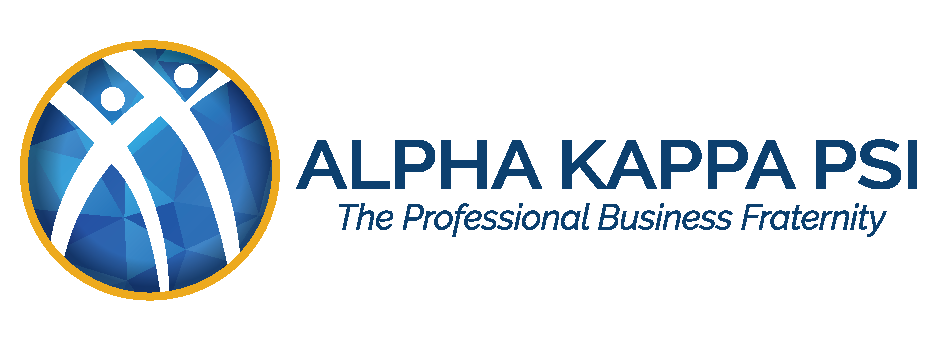
Giving a presentation in front of colleagues strikes fear in the heart of many people. Psycom reports that glossophobia, or the fear of public speaking, affects up to 75 percent of Americans. While some people only suffer from mild nervousness others can have full-on panic attacks when confronted with the prospect of giving a presentation. If you are somebody who gets a case of the butterflies at the thought of public speaking there are a few steps you can take to help the process go smoothly. Let’s take a look at some of the things you can do to make those butterflies flutter away.
Prepare. Prepare. Prepare.
Preparation is essential in order to have a great presentation. Luckily, if you are giving a presentation for your job, you probably already know your topic. However, something that’s just as important is knowing your audience. If you’re presenting to an unfamiliar group, try to find out who they are. This is important so that you can adjust your tone. Your tone will be different if you are presenting to a bunch of college kids than if you are speaking to your board of directors. The tone of your presentation may be more relaxed or more serious depending on your audience and topic. Now that you know how you want to approach the topic, it’s time to start thinking about how you will deliver your presentation.
People primarily take in information in two ways: audibly, and visually. Great presentations strike a balance between the two. You need to use both audio and visual components to help your audience retain more information. According to Entrepreneur, as of 2015, 77 percent of presentations and training workshops used blended audio and visual teaching styles to create a more efficient learning experience. When thinking about your approach, you should try to find out what the set-up of the room you are presenting in. Do they have a computer and a projector that you can use? Are you going to be limited to a dry erase board? The best-case scenario is one where you have a projector and, depending on the size of the audience, a microphone. If you have a projector, now you need to decide what platform you want to use to present your slides. Whether you are using PowerPoint, Prezi, or Google Slides, there are few things to think about when putting together your visual aids.
Tips for Your Slideshow
There are some common thoughts about how to organize information on a slideshow platform. One important thing to remember is that the different ways to organize your presentation aren’t necessarily mutually exclusive. Each strategy lays out a way to visually present information in a way that best retains the audience’s attention while also maintaining focus on what the speaker is saying.
The 10/20/30 Rule
Professional presenter Guy Kawasaki came up with this list of rules in order to streamline his presentations so both the speaker and the audience get the most out of their time.
- Limit your slideshow to ten slides, in order to keep you on point.
- Present for a maximum of twenty minutes, so the audience doesn’t lose interest.
- Keep all text on your slides no smaller than a thirty-point font. You really don’t want your audience to wade through a wall of text.
You might also want to consider keeping your presentation to fifteen minutes and allow for a five-minute Q and A session at the end. This will make the audience feel like they have engaged in the presentation personally. Q and As will also leave them thinking more positively about it afterward.
There are a few common rules that many people follow when it comes to putting together a slideshow. The 5/5/5 rule dictates that you should have no more than 5 lines per slide and no more than five words per line. That last “five” suggests that you have no more than five text heavy slides in a row. The 1/6/6 and 7×7 rules suggest no more than six or seven lines of text per slide with a maximum of six or seven words per line of text. Basically, this reaffirms the idea that you do not want your slides loaded heavily with words. Slides are in place to reinforce what the speaker says, not to do the informational heavy lifting for the speaker.
The Power of Three
The third key thing to remember is to use groups of three when listing sets of information or examples. Sources of Insight explains that the power of three is a strong way to engage an audience on a psychological level. According to the article, people love lists of three because they keep you and the audience on the same page. If you use a list of three the audience knows where you are in the list and how much longer they need to engage on a subconscious level. It can be helpful to signal your audience by using sentences like, “here are three things that I am going to tell you,” in order to give the power of three even more power.
Pictures and Videos
Using pictures and videos is encouraged during a presentation for a few reasons. Video and pictures help visual learners retain information better. One great reason to use them is that they help break up long-winded orations and walls of text in a slideshow. Pictures and video work to help the audience shift gears during transitions as well. Videos can also give a speaker a break to regroup and focus on the next point they want to make.
How Do You Get to Carnegie Hall?
Now that you have your slides all set and ready to go, your next step is to practice, practice, practice. You want to avoid rote memorization and practice using notes instead of a speech written out word-for-word. Otherwise, you run the risk of coming off as stiff or robotic. Instead, set up in a space that is reminiscent of the actual space where you will be presenting. This will help you remain comfortable because you will have a feeling of familiarity with your surroundings. Make sure to time your practice runs to make sure you don’t go too long. It’s also essential to practice in front of people who will give you honest feedback. Rehearse your presentation until you feel comfortable. While you practice tweak and cut material as you find out what works and what doesn’t.
If you follow these steps your presentation will be a breeze, especially as your confidence grows. The next thing you know, you’ll be jumping at the chance to give a killer presentation.








